Neff Series Part Four
As late as December, Defendant Nifong refused to view evidence of exoneration.
On Dec. 5, Jim Cooney met Mike Nifong for the first time. Cooney, a veteran defense lawyer from Charlotte, had recently taken over as lead attorney for Reade Seligmann, one of three Duke lacrosse players Nifong had charged with rape.Despite the mis-characterizations of Defendant Nifong's attorney, Dudley Witt, at Friday's State Bar Hearing, the rogue prosecutor's efforts to withhold evidence went well beyond the bounds of the adversarial process while the attempt to hide the exonerating DNA test results in a massive data dump required a heroic effort to uncover and decipher.Cooney wanted to start on the right foot with the man trying to put his client in prison for 20 years, so he began with a goodwill gesture. Back in May, Seligmann's former top lawyer had filed a motion arguing that Nifong's misconduct was so severe that a judge should yank the district attorney off the case.
Cooney withdrew the hostile motion four days before meeting with Nifong in his sixth-floor office.
"You don't want Reade Seligmann in the case," Cooney recalls saying. A jury would never convict Seligmann because of his powerful digital alibi: Cell phone records, an ATM surveillance photo and dorm records showed Seligmann left the party minutes after the two dancers stopped performing.
According to Cooney, Nifong said he was displeased that Seligmann's prior attorney had made the alibi public.
"There is no such thing as an airtight alibi," Nifong said.
Cooney was prepared to offer to bring in Seligmann for questioning. He was willing to open his entire file and investigation, but Nifong again said he would stick by Crystal Mangum's story.
"There is nothing you can show me that will change my mind," Nifong replied. "Only her and her story. As long as she's willing, we're going forward."
Attorneys Bannon and Cooney lent additional insight into the process during a recent visit to the LS Forum.From the day Evans was indicted, Bannon led the effort to push Nifong to open his investigative file, which Nifong was required to do under a new state law. The open file discovery law was passed following the widely publicized case of Alan Gell, an innocent man who spent five years on death row because prosecutors withheld evidence showing his innocence. Bannon and Cooney were intimately familiar with the law; they and Bannon's senior partner, Joseph B. Cheshire V, represented Gell. All three helped get the law passed.
As Nifong opened his files, the defense lawyers found a trove of evidence favorable to the lacrosse players: conflicts in Mangum's stories, flawed photo lineups and statements from the second dancer at the party that rape charges were a "crock."
For months, Bannon and other defense lawyers had pressed Nifong to release all the DNA evidence. Bannon pushed for the notes from the three trips Nifong made to DNA Security. Nifong said there were none.
Bannon was skeptical. A prosecutor, a scientist and two investigators met three times to discuss one of the most complicated areas of forensic evidence, yet not a single note was made?
At a September hearing, Nifong insisted that DNA Security's 12-page report contained all the DNA findings, and he mocked Bannon's efforts as a witch hunt. Judge W. Osmond Smith III asked Nifong whether there were other statements from lab director Brian Meehan. "No other statements," Nifong said. "No other statements made to me."
Smith ordered Nifong to turn over all documents and raw data from DNA Security. On Oct. 27, Bannon received 1,844 pages of technical documents.
Bannon, a lean and youthful 36, spread the papers out on a big table in a conference room in his law firm's fourth-floor office, overlooking Fayetteville Street in Raleigh.
Bannon looked through the stack of numbers, squiggly lines and acronyms. The documents showed electropherograms and extractions worksheets. An English major in college, he had bought a textbook to guide him: "Forensic DNA Typing: Biology, Technology, and Genetics of STR Markers," by John Butler of the National Institute of Standards and Technology. The conference room became Bannon's virtual home as he worked 18-hour days, going through each document, page by page, line by line.
"Brad Bannon is one of the great heroes of this case. The defense was not tipped off to the DNA and we were not tipped off to Brian Meehan being offered up for examination on December 15th. The DNA information was discovered for one reason only: Brad Bannon literally locked himself in a room with 2,000 pages of laboratory data and reviewed every single page until he understood it." -- Jim CooneyAdditional misrepresentations were made by Defendant Nifong to Judge Osmond Smith and defense attorneys.
"Regarding the claim that the language of DNA Security’s May 12 report gave us notice of the exculpatory results we ultimately had to fight for and identify over the next seven months, that is preposterous & indefensible. Dr. Meehan himself acknowledged the inappropriate use of that language in a letter to the defense lawyers in January." -- Brad Bannon
Revelation of this additional misrepresentation to the court magnifies the significance of Dudley Witt's admission at Friday's bar hearing that Defendant Nifong was made aware of the "like whoa" evidence in April.After a month, Bannon had decoded the documents: DNA Security's Meehan had found DNA from at least four unidentified men on Mangum and in her underwear.
Nifong had never disclosed these results, even though the new discovery law required him to hand over "a report of the results of any examinations or tests conducted by the expert."
Nifong had done nothing to identify or investigate these men.
Bannon filed his findings with the court and Nifong two days before the hearing scheduled for Dec. 15. Before the hearing, Nifong, defense lawyers and Judge Smith met privately in a small conference room next to the grand jury room.
Nifong said he didn't know about the withheld results. "I just, in terms of the discovery issues, frankly, you know, I got the [motion] and I was like, 'whoa.' So I immediately faxed a copy to Dr. Meehan and said, 'Read this, and I'll call you in the morning and get your opinions about this.' And we discussed it, and I said, 'This is a major issue for the defense. They're entitled to hear about it, and I think it needs to be addressed right away.' "
Click here to read the balance of Joseph Neff's fourth segment of the Rush to Judgement series.DHC Chair F. Lane Williamson: “I believe your answer admits that Mr. Nifong knows from his meeting with Dr. Meehan ... that Mr. Nifong knew that there were positive results from the other individuals.”
Dudley Witt: Yes, that’s correct.
Click here to read Nifong's thirteen excuses for withholding evidence of factual innocence.
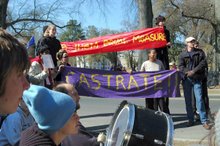




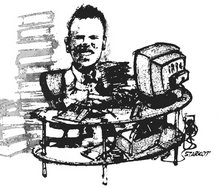
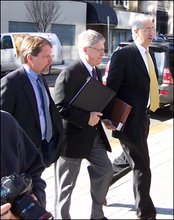
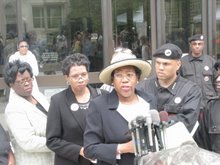
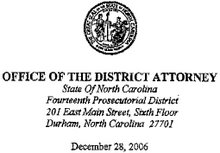
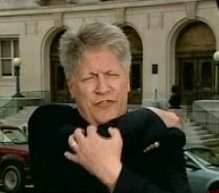

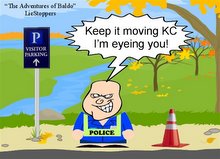

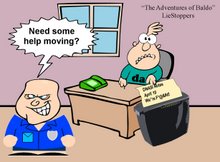
















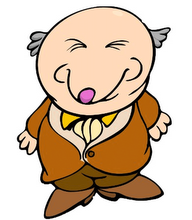
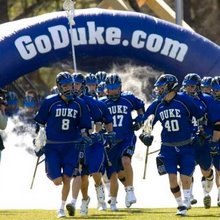

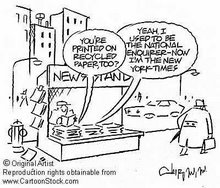

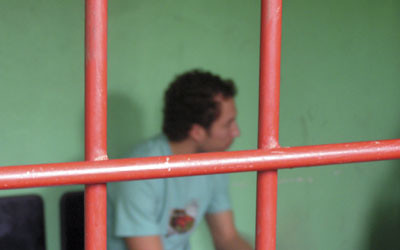
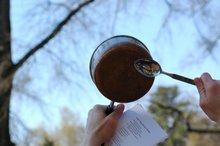

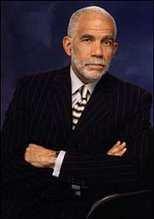
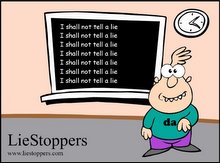






1 comment:
As I read this article again, I realize that the North Carolina State Bar must file more charges against Nifong. When he said that he was refusing to look at any information that did not advance his story, he was violating the codes of conduct of his profession.
The Bar cannot ignore this. What Nifong did here goes to the heart of the entire system, and everyone knows it. I can only hope the Bar does not think that adding more charges would be simple "piling on." The Bar has a duty, and that duty must be carried out.
Post a Comment